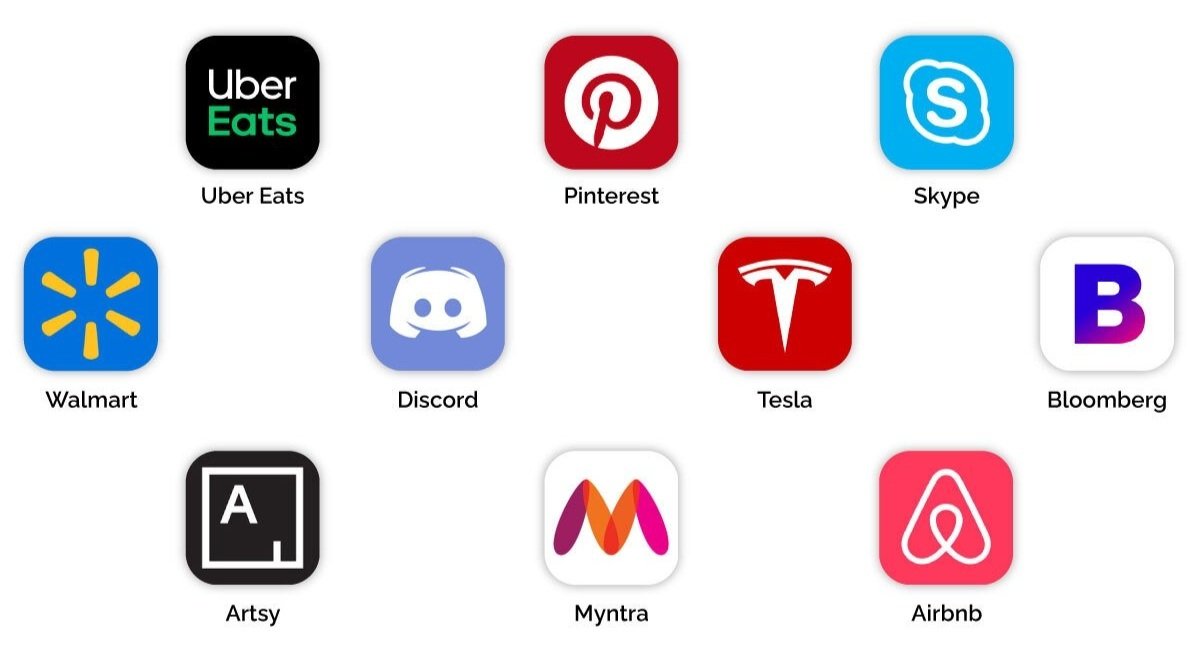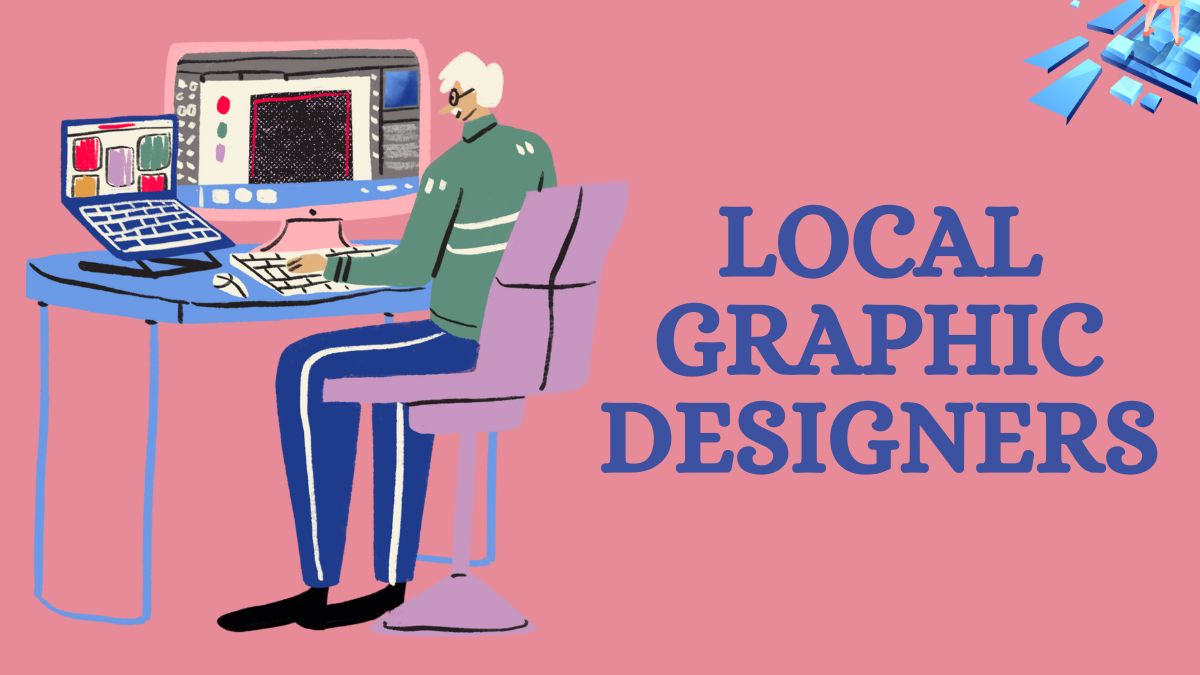In today’s dynamic tech landscape, mobile app development has become a cornerstone for businesses and individuals alike. Two of the most prominent frameworks for building mobile applications, Flutter and React Native, have gained immense popularity due to their cross-platform capabilities. In this article, we will explore various aspects of Flutter and React Native, their advantages, and present examples of successful apps built using these frameworks.
Introduction
Flutter and React Native are open-source frameworks developed by Google and Facebook, respectively. They allow developers to create natively compiled applications for mobile, web, and desktop from a single codebase. Both frameworks provide a unique blend of flexibility, performance, and a rich ecosystem of pre-built components. Let’s dive into why cross-platform development is gaining traction.
Advantages of Cross-Platform App Development
Cost-effectiveness
Developing an app for multiple platforms can be costly and time-consuming. Cross-platform development significantly reduces costs by allowing developers to write a single codebase that works on both Android and iOS devices, streamlining the development process.
Faster Development
One of the primary benefits of Flutter and React Native is the rapid development cycle. Developers can make changes and see them instantly, making the development process efficient and agile.
Single Codebase
A single codebase for multiple platforms means fewer bugs, consistent updates, and easier maintenance. This advantage simplifies the development and ensures the app works seamlessly across various devices.
Flutter App Examples
- Google AdsGoogle Ads is a prime example of a Flutter app. The use of Flutter allowed Google to deliver a consistent and smooth experience across both Android and iOS devices, which is crucial for an advertising platform.
- AlibabaAlibaba, the world’s largest retailer, utilizes Flutter for its Xianyu app, enhancing user engagement and providing a visually appealing interface for millions of users.
React Native App Examples
- Facebook: Facebook itself employs React Native for its mobile app. The framework enables them to maintain a single codebase while ensuring excellent user experience on both Android and iOS.
- Instagram: Instagram, owned by Facebook, is another app built with React Native. It demonstrates the framework’s capability to support visually rich and feature-packed applications.
Comparison of Flutter and React Native
When deciding between Flutter and React Native, developers often consider various factors:
Performance
While both frameworks offer commendable performance, Flutter typically exhibits smoother animations and transitions due to its compiled code. React Native, on the other hand, may require some third-party libraries for the same level of performance.
Community Support
React Native enjoys a larger community due to its longer time in the market. This translates to an extensive library of third-party modules and helpful resources. Flutter, although growing rapidly, may have a smaller community in comparison.
Development Complexity
Flutter is known for its ease of use, as it offers a wide array of pre-built widgets. React Native, being JavaScript-based, is more accessible to developers familiar with web technologies.
Choosing Between Flutter and React Native
The decision between Flutter and React Native depends on your project requirements. Consider factors such as performance needs, the size of the developer community, and your team’s familiarity with the respective technology.
Tips for Successful Cross-Platform App Development
- Keep your codebase clean and well-structured.
- Regularly update your frameworks and libraries.
- Test your app across various devices.
- Prioritize user experience and design.
- Ensure your team is well-versed in the chosen framework.
Conclusion
In the realm of mobile app development, Flutter and React Native offer robust solutions for building cross-platform applications. While each has its unique strengths, the choice ultimately depends on project-specific requirements. By understanding the advantages and examples of these frameworks, you can make an informed decision that aligns with your development goals. Consulting with a reputable mobile app development company in New York can further enhance your decision-making process, leveraging their expertise to tailor a solution that best suits your specific needs.
FAQs
1. Is cross-platform app development the right choice for every project?
- Cross-platform development is beneficial for many projects, but the decision should consider factors like project scope and performance requirements.
2. Which framework is more suitable for a small development team?
- Flutter’s simplicity and rich widget library make it an excellent choice for smaller teams.
3. Can I use native code in a Flutter or React Native project?
- Yes, both frameworks allow the integration of native code when necessary.
4. What are some popular third-party libraries for React Native?
- Popular libraries include Redux for state management and React Navigation for navigation.
5. How can I find experienced developers for Flutter or React Native projects?
- You can explore developer forums, job boards, or platforms like Upwork and Toptal to find experienced developers in these frameworks.
In conclusion, Flutter and React Native are powerful tools for cross-platform app development, and the choice between them hinges on your specific project needs and your team’s expertise. Whichever framework you choose, both offer a bright future for mobile app development.



